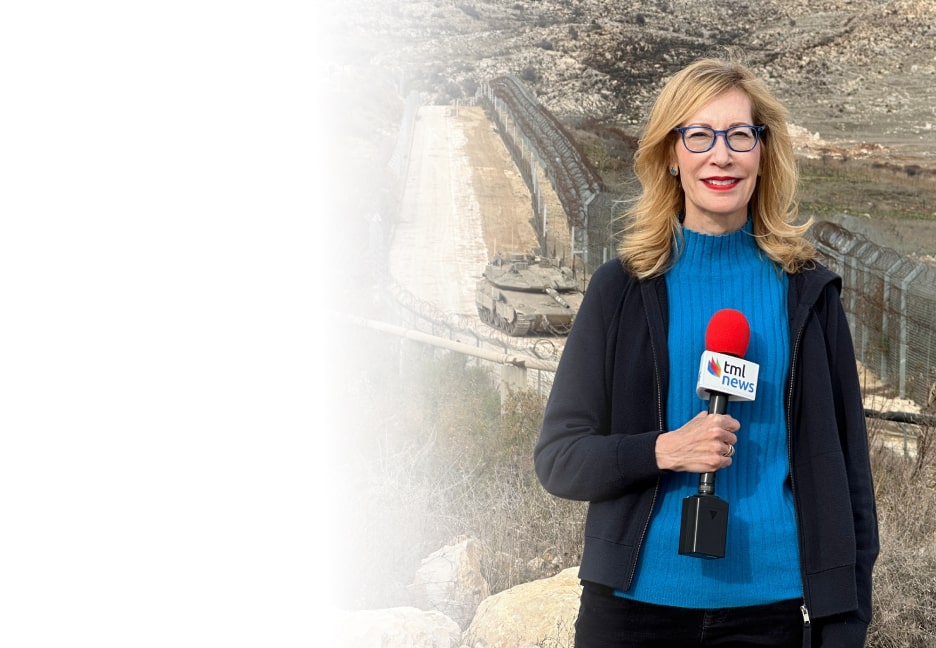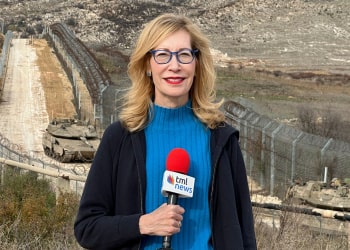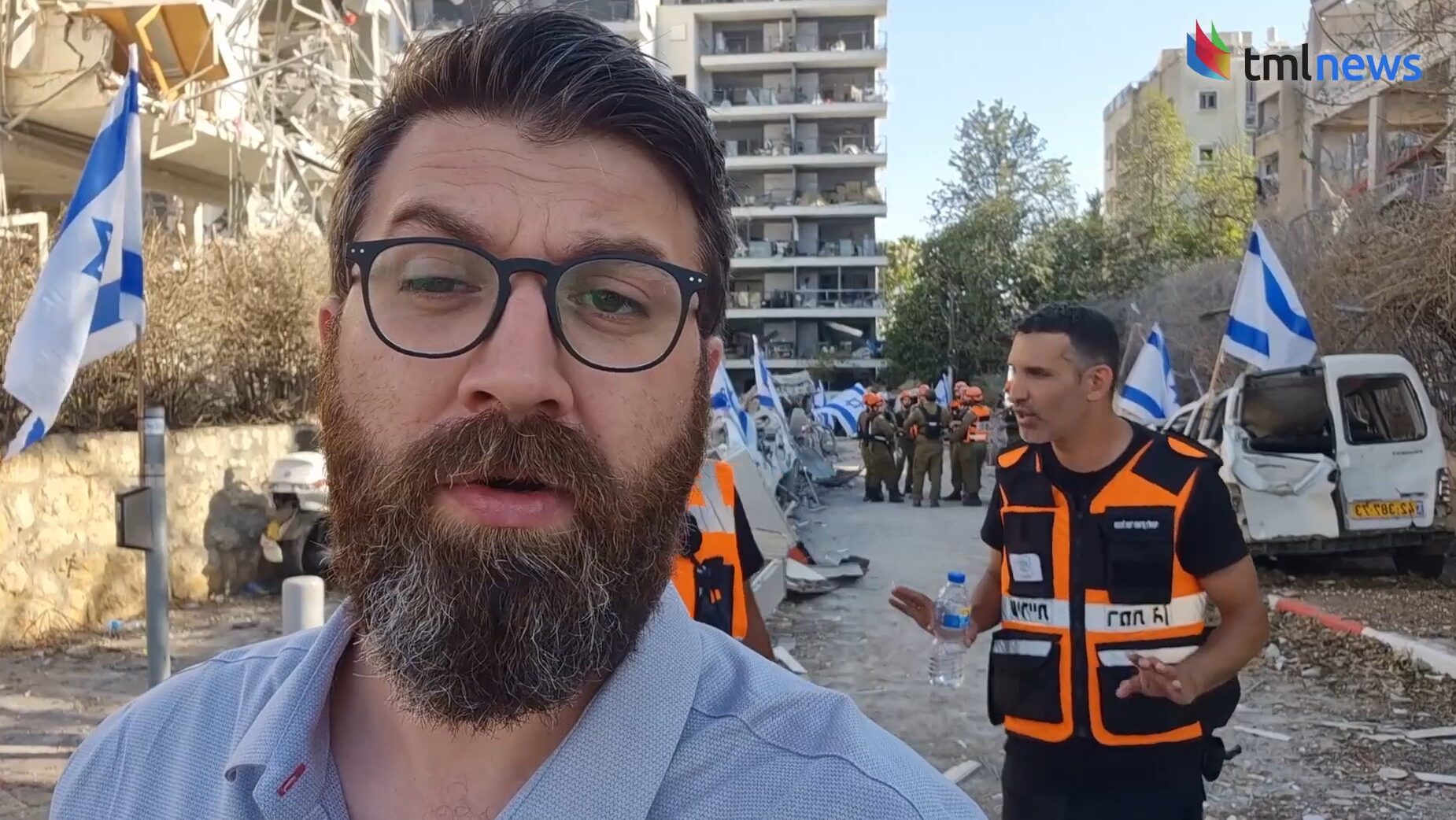Israel’s Financial District Shaken by Iranian Strike
An Iranian ballistic missile hit Israel's financial district, wounding over 30 and shaking a symbol of Israel’s economic strength
On the sixth day of the war between Iran and Israel, a ballistic missile slammed into one of Israel’s most symbolically sensitive targets: the central Israeli financial district. The area was hit early in the morning, sending glass flying and sirens wailing.
The missile landed in the heart of an area densely packed with high-rise office towers and economic institutions. The choice of target suggested a deliberate attempt by Iran to strike not just population centers, but the financial core of Israeli civilian life.
We began scanning all the buildings in the area—both at the impact site and around it—to rescue anyone trapped.
Emergency responders reached the scene within minutes. “We rushed to the scene immediately, arriving quickly with all our security forces,” said Amotz Carmiel, an engineer with the Rescue Division. “We began scanning all the buildings in the area—both at the impact site and around it—to rescue anyone trapped.”
This holiday season, give to:
Truth and understanding
The Media Line's intrepid correspondents are in Israel, Gaza, Lebanon, Syria and Pakistan providing first-person reporting.
They all said they cover it.
We see it.
We report with just one agenda: the truth.


Carmiel explained that his team was responsible for assessing the stability of structures to ensure safe entry for rescue units. “Thankfully, the damage isn’t severe,” he added. “This area has mostly office buildings and fewer residential structures, so we came out of the incident relatively safely.”
Despite the limited structural damage, 31 people were lightly wounded. According to Eli, an EMT with Magen David Adom, victims included both office workers and pedestrians. “Some were from these buildings around the area of the building that was hit, and some of them were on the other side. Some of them were in the street and got wounded from glasses that got shattered on them, and some were actually in the building that got hurt,” he said.
We entered the safe room, which is an amazing invention in Israel, not less than the Iron Dome. Within three minutes, there was a big blast.
Among the nearby residents was Renana Yardeni, who took shelter with her daughter inside their reinforced safe room. “About 20 to 8:00, I guess, we entered the safe room, which is an amazing invention in Israel, not less than the Iron Dome,” she said. “Within three minutes, there was a big blast.”
With electricity knocked out and no official communication, the two waited inside until it felt safe to come out. “All windows, all doors, a lot of glass—but thank God, we’re both okay,” she said.
The strike underscores Iran’s continued willingness to target civilian infrastructure, as it has throughout the war. But this time, the choice of location, Israel’s main financial hub, carried exceptional symbolic and economic weight. By striking the financial district, the attack pursued to shake public confidence at the heart of Israeli commerce.
Yet as emergency teams cleared the rubble, financial indicators told a different story: the Tel Aviv Stock Index climbed, the shekel gained strength, and credit default swaps tightened, signaling that markets still bet on an Israeli victory.

